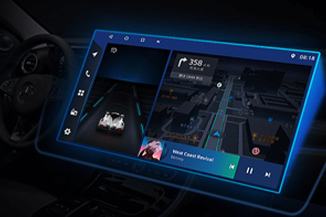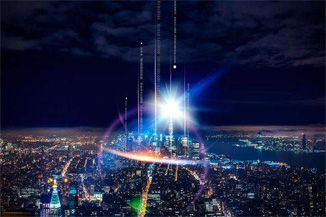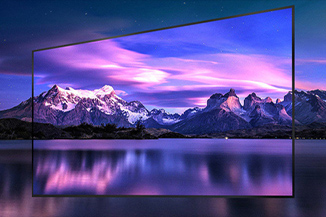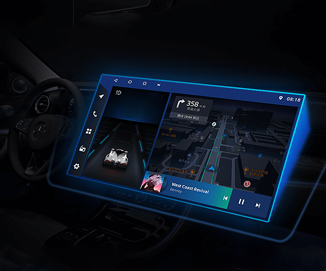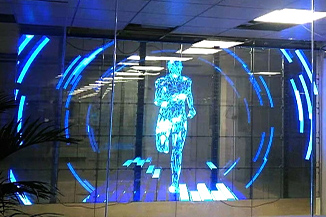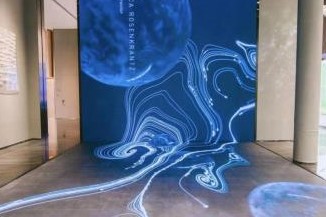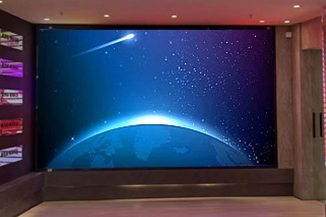Publisher: Supplier of LED Display Time: 2022-07-13 17:27 Views: 2170
According to TrendForce's "2022 Micro LED Self-Emitting Display Cost Analysis and Development Trend Analysis Report", among many Micro LED display application fields, Micro LED microdisplays will be a new high-end product following the development of large-scale displays. In 2026, the output value of Micro LED AR smart glasses display chips will be US$41 million. The reason for the significant growth in output value in just one year from 2025 to 2026 is mainly due to the gradual maturity of technologies such as red light chips, laser transfer, wafer bonding and full-colorization, which can improve yield and reduce production costs.
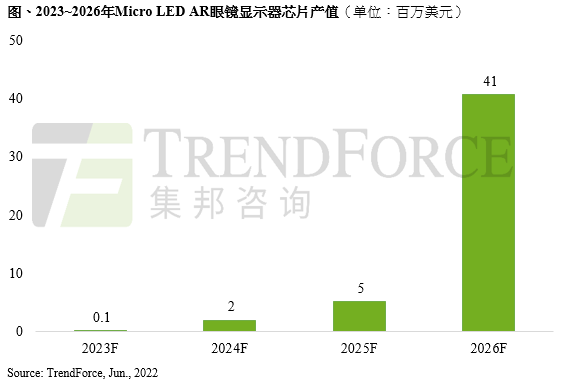
TrendForce: Micro LED AR glasses display chip output value is estimated to reach US$41 million in 2026
TrendForce said that the current status of Micro LED AR smart glasses is dominated by monochrome display due to the bottleneck of full-color technology, and can only display basic information display functions, including information prompts, navigation, translation, and teleprompter. In the future, when the full-color technology matures, it will first be applied in special fields such as medical surgery or testing instruments, environmental monitoring or maintenance tools in factories, and military applications. Only have the opportunity to apply it in consumer full-color display products.
According to TrendForce, the ideal display of transmissive smart glasses must meet the following three conditions. First, in terms of volume and volume control, in order to reduce the wearing burden of glasses as much as possible, the size of the corresponding display light engine is approximately 1 inch or less; secondly, in terms of content recognition requirements, the brightness specification of the display must reach at least 4,000 nits to ensure that it is not affected by external environments such as weather or venue; finally, the resolution must be at least 3,000 PPI or above to allow projection. The enlarged picture can be read clearly.
However, there are not many technologies that can simultaneously meet the above-mentioned stringent requirements of microdisplays. The most popular ones are Micro LED and Micro OLED, both of which are self-illuminating technologies. However, Micro LED is currently in the early stage of AR application technology development, and there are still challenges to be overcome. Due to the sharp increase in the demand for resolution, the chip must be scaled at the same time as the pixel increases. In the situation where the Micro LED size needs to be reduced to at least 5μm or less, the wavelength uniformity problem in the epitaxial process will affect the yield.
Secondly, the smaller chip also brings the problem of the external quantum efficiency (EQE) of the red light chip to the surface, which in turn affects the luminous efficiency of full-color, and will face the challenge of only being able to display a single color. Third, although the problem of full color can be overcome by combining blue light chips with quantum dot technology, there are still many technical bottlenecks to be overcome in the application of quantum dot technology in the Micro LED process at this stage.
Fourth, when the Micro LED chip and the CMOS backplane are connected by wafer, if the RGB chip is transferred to the backplane by laser transfer, when the energy control of the laser transfer area is not uniform, it will affect the performance of the Micro LED chip. Transfer yield. Finally, how to quickly detect the electrical and optical properties of the light engine of the Micro LED microdisplay on the backplane, and how to repair the defective pixels after the inspection are also key factors affecting the process and cost.
According to TrendForce, although there are still many obstacles to be overcome in the application of Micro LED in AR smart glasses, and the development of full-color technology and mass production schedule are relatively behind Micro OLED, Micro LED is still far behind in terms of contrast, reactivity, lifespan, and energy saving. The performance of many specifications, such as electricity, is still better than that of Micro OLED. Considering that the light efficiency of transmissive AR smart glasses is difficult to break through the 1% limit due to the limitation of optical waveguide component technology, Micro LED is still excellent in the medium and long term. Option for microdisplay light engine technology.
TrendForce: Micro LED AR glasses display chip output value is estimated to reach US$41 million in 2026
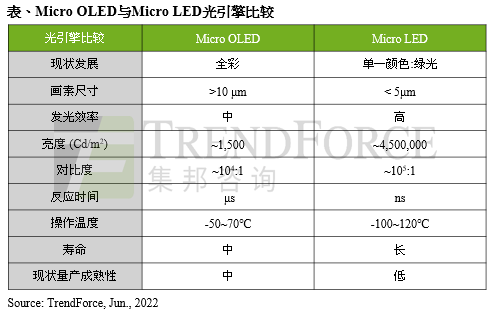
The article is reproduced from LEDinside, if there is any infringement, please contact us to delete it in time
